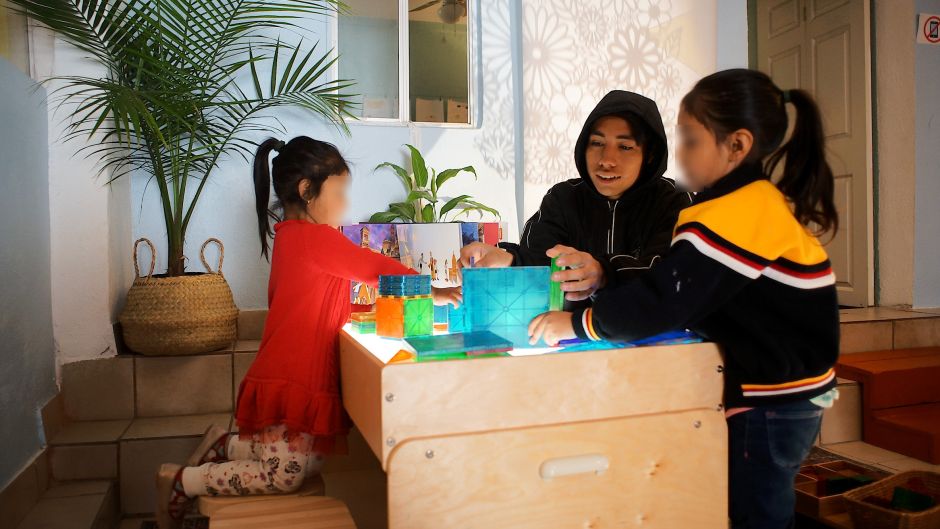The children live in shelters with their parents waiting for an asylum; now El Nido is your distraction
Every morning, migrant moms in the 'Caritas' shelter wash and comb their young and punctual children at 8:30 am, cross the street so that their children – up to 6 years of age – enter classes at “El Nido ”, The children's learning space for migrant children in Tijuana, which was founded by an educator from Los Angeles.
“I've never seen children be so happy to learn,” says Leticia Herrera, the shelter's director. "They look excited, they surprise me."
The moms go to pick them up at noon and “sometimes they don't want to go back (home),” says Herrera.
It is understandable. TheNest, as the nest is officially called in English, is a two-story house that operates independently from the shelter with the help of volunteer educators who arrive at least for a few days from anywhere in the world, and assistance from local volunteers.
The ground floor resembles a house in which children develop between furniture and interactive educational equipment at their fingertips, supervised at all times.
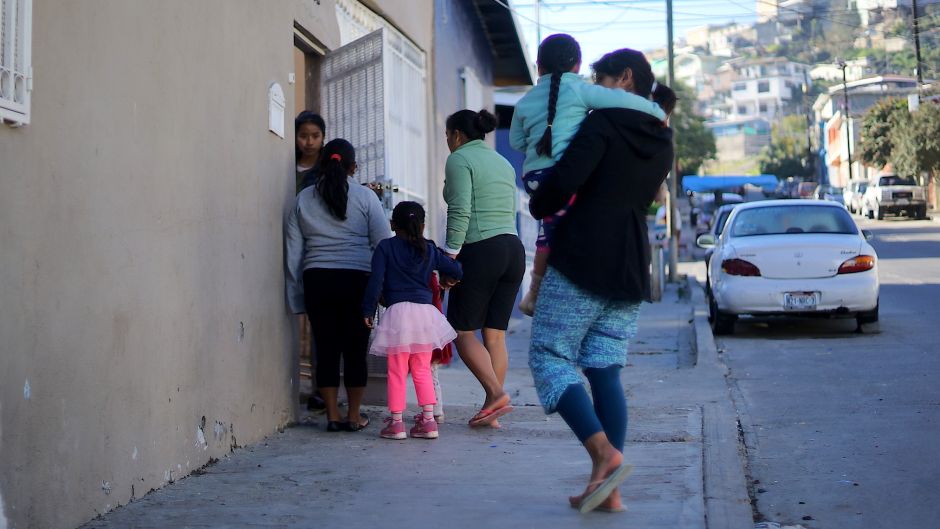
While on the top floor are children up to 18 months of age, usually with their mothers.
El Nido operates with international and local volunteer educators from Monday to Thursday, but even the two days when it is assumed that it would not be open “children anyway want to go, so they let them in,” says Herrera.
El Nido is attended by about 35 Central American and Mexican children, who wait with their parents for a turn to request asylum in San Diego, California, or to return to hearings at the immigration court.
It seems a bit like a conventional kindergarden or preschool, but the children do better because they are groups of two, three and four students with each volunteer instructor.
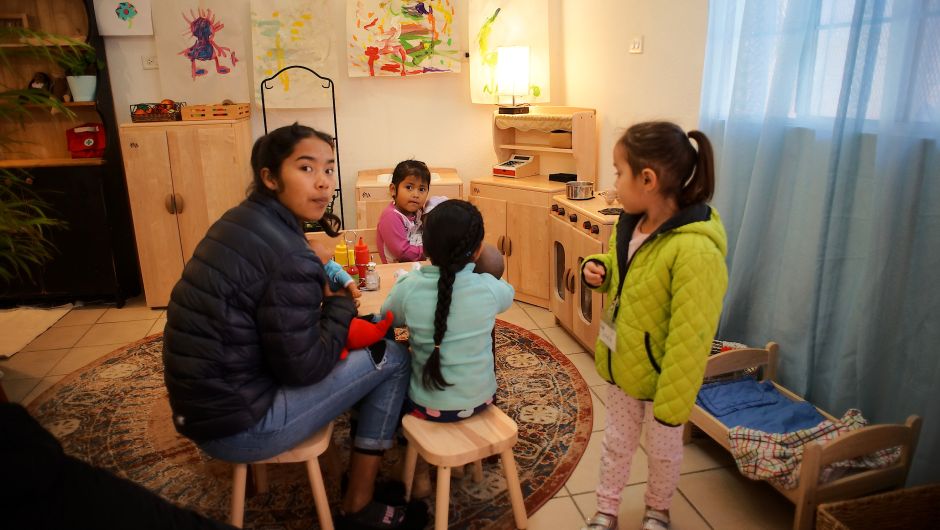
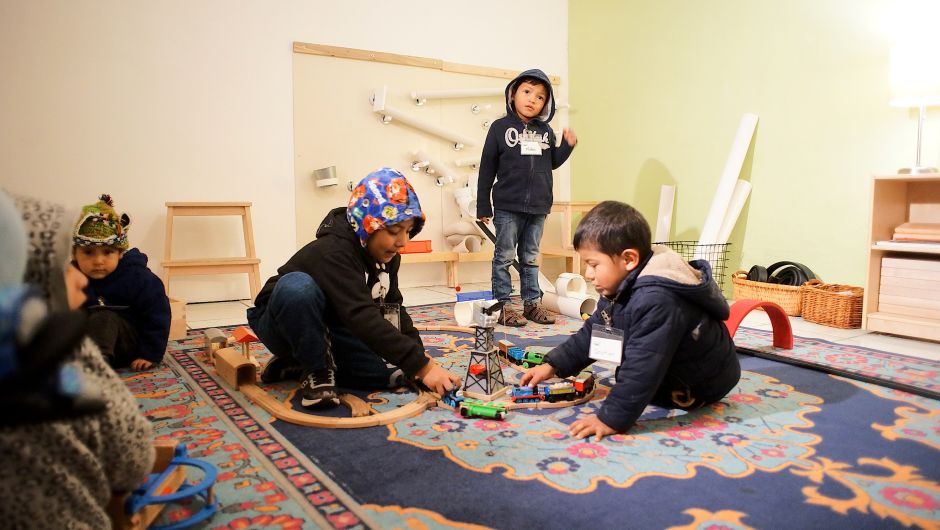
The day that The opinion visited the Nest began with a concentration of students to sing “little star, how are you; I wonder what you will be. ”
They go from singing together in one room, to a group to draw in another, while one more develops activities in a kitchen with everything at your fingertips and others in various activities. Then they rotate.
“Look, it's done like this,” says a girl while a wooden rake passes through a screen and is drawn.
Alise Ivey, the founder and executive director of the Los Angeles Pedagogical Institute (PILA), explained to The opinion that El Nido, in front of the Caritas refuge – which is located in a low-income neighborhood of Tijuana should now be known as El Nido de la Frontera.
"Because next weekend we will inaugurate a second educational children's space, like this one, but in the refuge of Little Haiti," which will be attended by young children of at least seven nationalities, including Haitians and Cameroonians. “EsE will be El Nido de El Cañón”, because it will be in the Alacrán Canyon of Tijuana.
They are called nests "because they mean safety, protection, shelter," says teacher Ivey.
“More than a humanitarian project, it is educational; we believe that children should be free, that they make decisions, that they explore and invent; so we provide environments where they can do it, ”he adds.
How it all started?
The idea came up a few years ago when Tom and Alise Ivey spent a holiday in Greece where in a refugee camp children played carelessly with cigarette butts and garbage, and teacher Alise proposed creating an educational space for children.
They accepted the idea and from Los Angeles collected donations to create that first space and then another in Greece and then another Nest in a refugee camp in Congo.
“In Mexico, we are looking for some institution that would like to accompany us on this mission but we do not find, until we turn to see the shelters and children who need education so much,” says teacher Ivey.
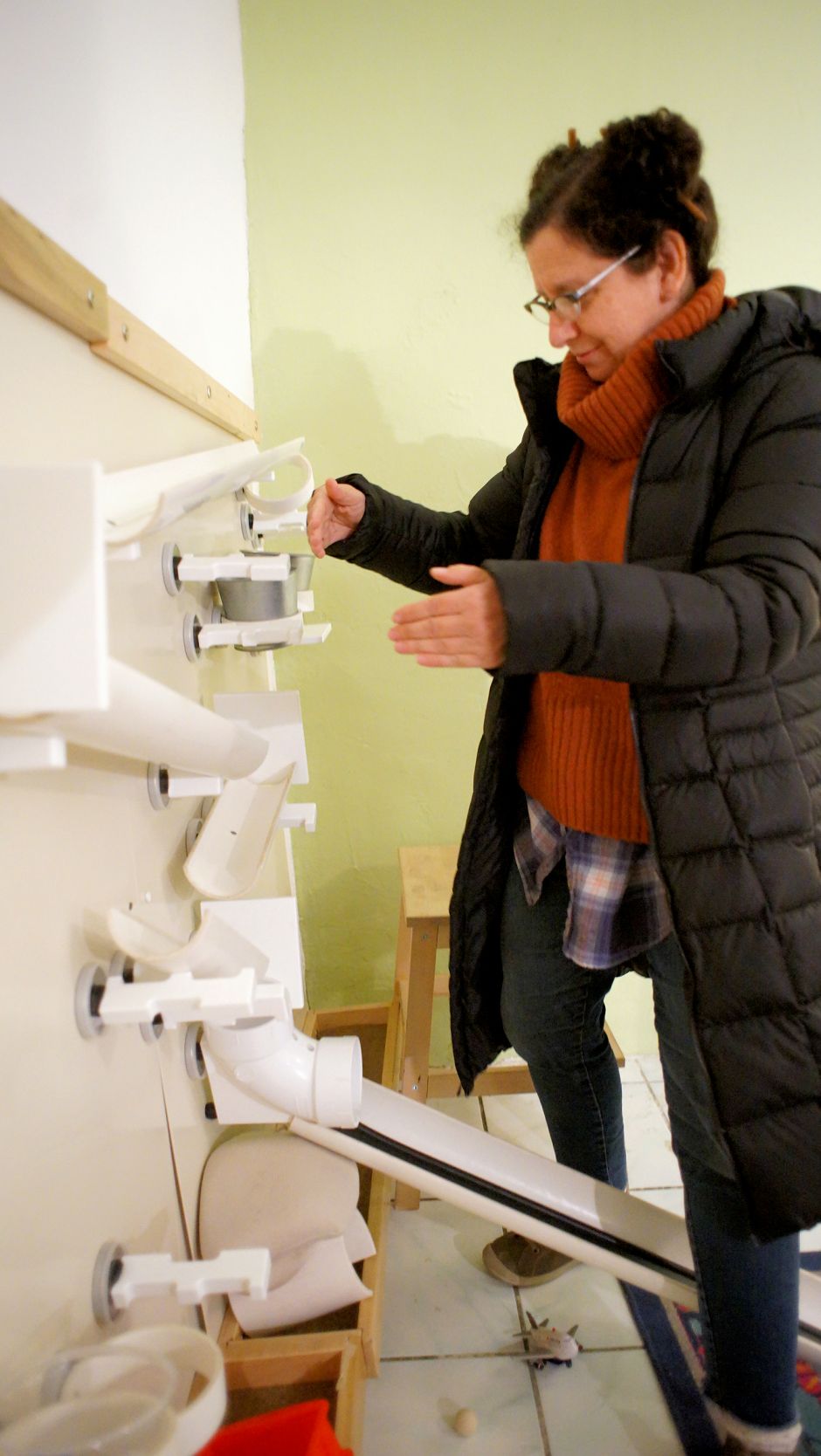
The project for shelters draws the attention of international educators who pay for their trips to support, at least temporarily.
While The opinion I spoke with Ivey, a volunteer, an experienced educator from San Francisco arrived for El Nido for a few days.
The invitation is open to educators who would like to communicate with PILA in Los Angeles.
The institute is about to launch a fundraising campaign to sustain and possibly open new nests.
Steps for volunteers for El Nido
- Commit to do it! There is a minimum stay of 5 days, although we recommend that you stay longer.
- Choose the Nest you prefer: Border Nest or Canyon Nest.
- Check the availability of the date.
- Complete the application form.
- Wait for your official confirmation.
- Schedule your online orientation for 2 hours.
- Start packing!

